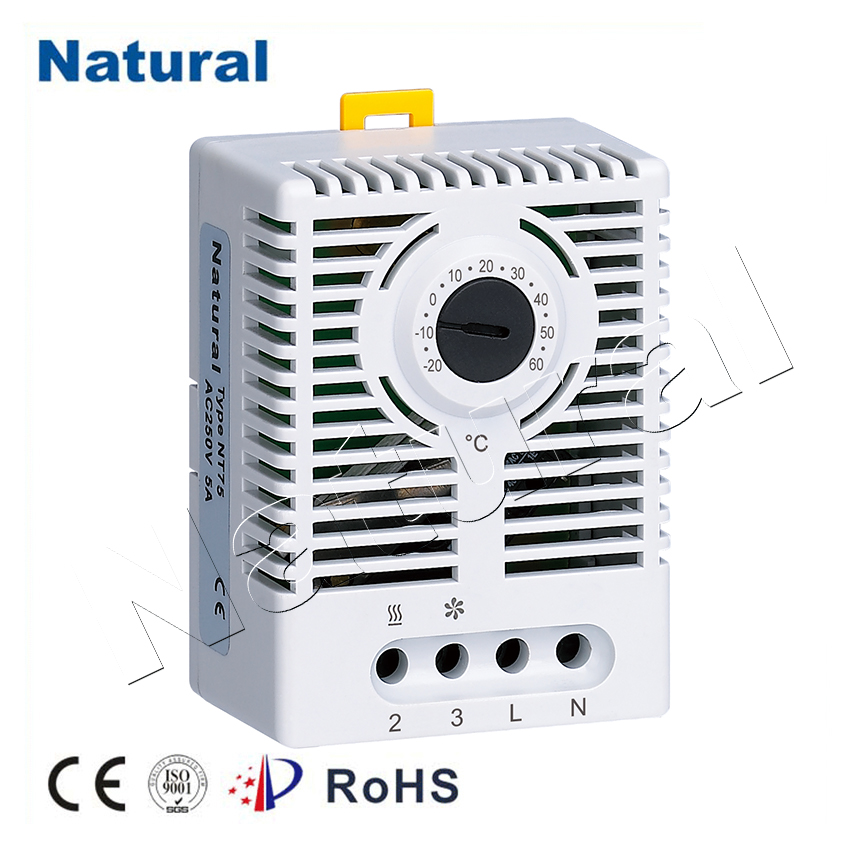Thermal protectors, commonly found in various electrical and electronic devices, play a crucial role in preventing overheating and ensuring the safety and functionality of these devices. Among the different types of thermal protectors, the normally open (NO) and normally closed (NC) thermostat thermal protectors are two fundamental configurations. In this article, we will delve into the workings of NO and NC thermostat thermal protectors, their applications, and the significance of choosing the right one for your specific needs.

Understanding Normally Open (NO) Thermostat Thermal Protectors A Normally Open (NO) thermostat thermal protector is designed in a way that its electrical contacts are open when the device is at normal operating temperatures. This means that under normal conditions, the electrical circuit remains incomplete, and no current flows through the device.
When the temperature of the device exceeds a predefined threshold, the NO thermostat thermal protector responds by closing its electrical contacts. This action completes the circuit and allows current to flow through the device. This sudden current flow can trigger various actions, such as shutting down the device, activating an alarm, or initiating a cooling mechanism.
NO thermostat thermal protectors are commonly used in applications where safety is paramount. For example, they can be found in household appliances like irons, coffee makers, and electric kettles. If the temperature inside these appliances rises to dangerous levels due to a malfunction, the NO thermostat thermal protector will shut off the power, preventing potential fires or damage.
Understanding Normally Closed (NC) Thermostat Thermal Protectors
In contrast, a Normally Closed (NC) thermostat thermal protector operates with its electrical contacts closed at normal operating temperatures. This means that, under typical conditions, the electrical circuit is complete, allowing current to flow through the device.
When the temperature exceeds the predetermined threshold, the NC thermostat thermal protector reacts by opening its electrical contacts. This action interrupts the electrical circuit, cutting off the power supply to the device it is protecting. This is essential in preventing overheating and damage to the device or surrounding components.
NC thermostat thermal protectors are often utilized in applications where immediate action is required to avoid catastrophic consequences. For instance, they are commonly found in electric motors and transformers. If the temperature within these devices rises excessively, the NC thermostat thermal protector will disconnect the power supply, preventing the motor or transformer from further damage.
Applications and Considerations
The choice between NO and NC thermostat thermal protectors depends on the specific requirements of the application. NO protectors are typically used when you want to ensure safety by shutting down the device when it overheats. NC protectors, on the other hand, are preferred when you need to prevent the device from operating under extreme temperature conditions.
When selecting a thermal protector, it's essential to consider factors such as the temperature threshold, response time, and the nature of the device being protected. These factors will determine the protector's effectiveness in safeguarding the device and its surroundings.
In conclusion, understanding the difference between Normally Open (NO) and Normally Closed (NC) thermostat thermal protectors is crucial for designing safe and reliable electrical and electronic devices. These protectors serve as vital components in maintaining the optimal temperature of various appliances and machinery. By selecting the appropriate thermal protector for your application, you can ensure the longevity and safety of your devices while preventing potential hazards.
 28 items Patent
28 items Patent
 28 items Patent
28 items Patent
 28 items Patent
28 items Patent

